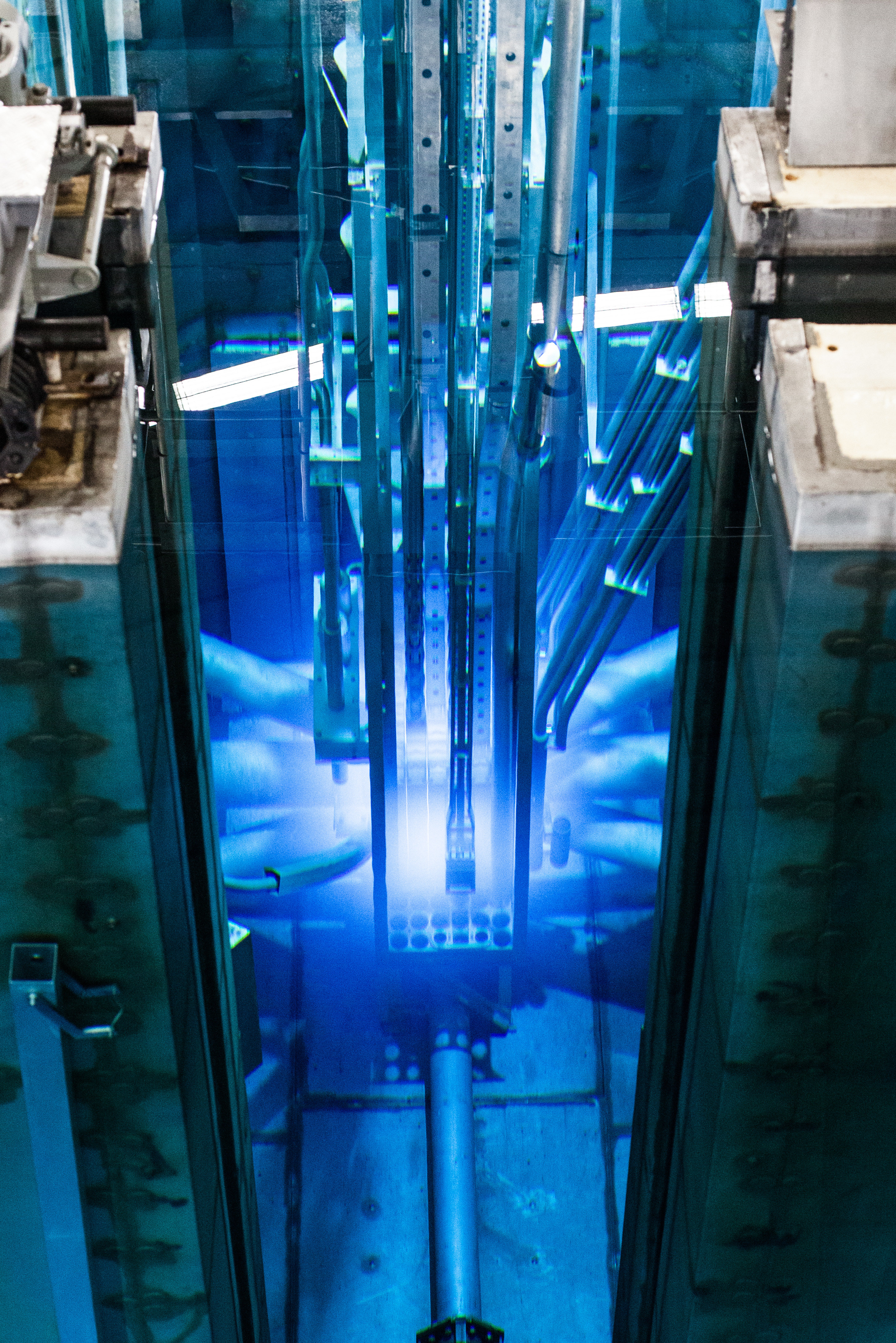A new look for the Reactor Institute Delft
TU Delft's Reactor Institute Delft (RID) will get a new look in the form of new dome plating. As of 4 November, a scaffolding is being built around the dome for this purpose. Because of the shape of the dome, building the scaffolding is a specialist job. This will take a few weeks. It is expected that all 1,200 plates will be replaced in the second quarter of 2020.
Why
The aluminium plates, the outer shell of the dome of the RID, are at the end of their technical life. This is why they are replaced. The renewal also gives the dome a new, fresh look.
Modernisation research reactor
Work also takes place inside the dome. The arrival of a cold neutron source at the heart of the research reactor is being prepared there. This has nothing to do with the new exterior, but does however take place in the same period. Thanks to the modernisation of the research reactor, called OYSTER, researchers will be able to carry out more advanced research for the healthcare sector, energy transition and the (material) industry in the coming decades. The broad field of application ranges from medical isotopes for the diagnosis and treatment of cancer, batteries and solar cells to better steels.
With the OYSTER (Optimized Yield - for Science, Technology & Education - of Radiation) programme, the Delft research reactor will be much more precise and widely deployable, so that the reactor can meet the demands of the scientific community and the market even better. The Reactor Institute Delft, together with the Radiation, Science & Technology (RST) department, has been the Dutch knowledge centre for radiation-related research and education for over 50 years.
Current research
An example of research using the research reactor is battery research. Prof. Marnix Wagemaker recently spoke about his research into batteries in his inaugural speech. Click here for more information and research at the RID.

